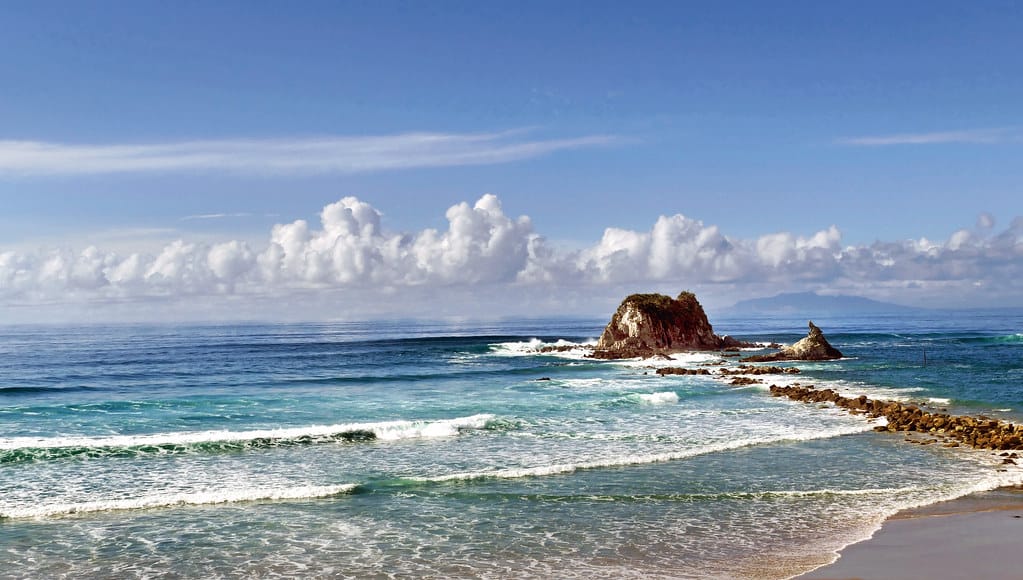Historic Ocean Treaty Finally Ratified: A New Dawn for Marine Conservation
After nearly two decades of negotiations, the world's most ambitious ocean protection treaty has officially come into force, marking a watershed moment for marine conservation that could reshape how humanity protects the planet's largest ecosystem.
The High Seas Treaty, formally known as the Biodiversity Beyond National Jurisdiction (BBNJ) agreement, crossed its final hurdle in June 2024 when it received its 60th ratification. This groundbreaking international accord gives the world the legal framework to establish marine protected areas in international waters for the first time in history.
Why This Treaty Matters Now
The ocean covers 71% of Earth's surface, yet only about 1% of international waters—those beyond any country's jurisdiction—are currently protected. This vast marine wilderness, representing nearly half the planet, has remained largely ungoverned despite facing unprecedented threats from overfishing, deep-sea mining, shipping traffic, and climate change.
"This is the most significant step forward for ocean protection in a generation," said Dr. Nichola Clark, a marine policy expert at the University of Southampton. "We're finally treating the high seas as the global commons they are, rather than a lawless frontier."
The timing couldn't be more critical. Recent studies show that marine biodiversity has declined by 49% since 1970, while ocean temperatures continue rising and acidification threatens entire ecosystems. The treaty provides essential tools to reverse these alarming trends.
What the Treaty Actually Does
Establishes Marine Protected Areas
The treaty's most powerful provision allows countries to designate marine protected areas (MPAs) in international waters. These zones can restrict or prohibit fishing, shipping, and industrial activities, creating safe havens for marine life to recover and thrive.
Unlike previous voluntary agreements, this treaty has teeth. Once an MPA is established through the treaty's governing body, all member nations are legally bound to respect and enforce its protections.
Regulates Deep-Sea Mining
The agreement requires comprehensive environmental impact assessments before any deep-sea mining operations can proceed in international waters. This provision is particularly significant as several countries and companies are rushing to extract minerals from the ocean floor to support renewable energy technologies.
Mandates Benefit Sharing
Perhaps most importantly, the treaty ensures that benefits from marine genetic resources—such as compounds used in pharmaceuticals—are shared equitably among all nations, not just those with advanced research capabilities.
The Road Ahead: Implementation Challenges
While ratification represents a historic achievement, the real work begins now. The treaty's success depends on robust implementation, adequate funding, and genuine international cooperation.
Funding Gap: Experts estimate that effective ocean protection will require $175 billion annually by 2030. Currently, global ocean conservation funding sits at just $22 billion per year, leaving a massive shortfall that threatens the treaty's effectiveness.
Enforcement Concerns: Monitoring and enforcing protections across millions of square miles of open ocean presents logistical challenges that have never been attempted at this scale. Satellite technology and international cooperation will be crucial for success.
Political Will: The treaty's impact ultimately depends on whether nations prioritize long-term ocean health over short-term economic interests, particularly as pressure mounts to exploit marine resources.
Real-World Impact: What Changes Now
The treaty's ratification enables immediate action on several fronts. Scientists have already identified priority areas for protection, including biodiversity hotspots around underwater mountains and critical migration corridors used by whales, tuna, and other species.
The Sargasso Sea, a floating ecosystem in the North Atlantic that serves as a crucial nursery for eels and sea turtles, represents one likely candidate for early protection. Similarly, the Emperor Seamounts in the North Pacific, home to ancient deep-sea corals, could benefit from immediate safeguarding.
A Historic Opportunity
The High Seas Treaty represents more than just another international agreement—it's a fundamental shift in how humanity relates to the ocean. For the first time, we have the legal tools to treat international waters as a shared heritage requiring active protection rather than passive exploitation.
Success will require unprecedented international cooperation and significant financial investment. But with two-thirds of the ocean now eligible for protection, we have a genuine opportunity to reverse decades of marine decline and preserve ocean ecosystems for future generations. The question isn't whether we can afford to act—it's whether we can afford not to.

